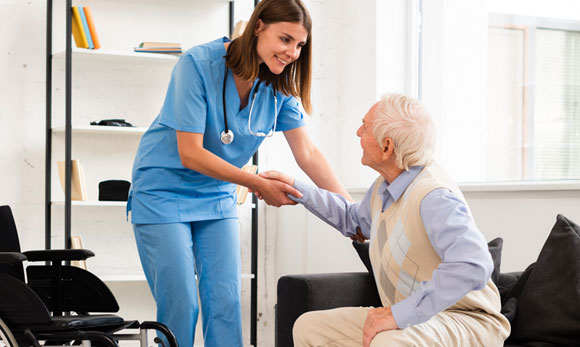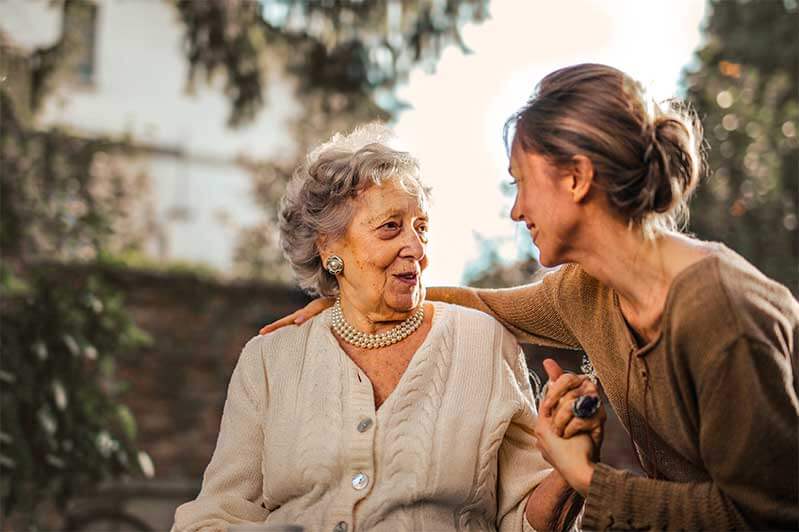Skin Cancer

Skin Cancer
May is skin cancer awareness month so, before this month has gone by, lets discuss what skin cancer is and go over tips on how best to avoid getting skin cancer. Skin cancer is primarily caused by ultraviolet (UV) Rays and is the most common type of cancer in the United States. UV ray exposure comes from natural sunlight as well as tanning beds and sun lamps. The good news is that skin cancer is also the most preventable form of cancer. With that said, lets get into what it is, and best methods of avoidance. (This will not be an all encompassing skin cancer article.)
There are two types of skin cancer we will focus on in this brief blog. Melanoma and Nonmelanoma. If you are curious about the less common types of skin cancers here is a list of them with links to more information on each:
Melanoma begins in the melanocytes of the epidermis- the very top layer of skin. There are three layers that make up your skin epidermis, dermis, and subcutis. Melanomas develop on the face and neck of some people, but they typically present on the torso (front or/back) in men (men are also more likely to develop skin cancer) and on the lower extremities on women. Because melanoma has the capability to spread throughout the body it is the more dangerous of the two types. Most people who develop skin cancer don’t develop melanoma but rather a form of non melanoma.

Non-melanoma skin cancer is split into two groups- basal and squamous, both also in the epidermis layer of the skin. Non-melanoma skin cancer is easily the most common type of cancer. Unlike melanoma forms of skin cancer, non-melanoma is a localized or non metastasizing cancer, and so they aren’t as alarming or dangerous.
The earlier that you notice an abnormality in your skin and it is investigated, the better the chance of catching and eliminating the cancer. Melanoma cancers will usually present with darken tone spots since it is formed by the melanocytes that creates melanin, which creates the your skins pigmentation.
Non melanoma cancers will present with pale/yellow areas, reddish patches that may itch. Pearly, pink or red translucent, shiny, bumps. Open sores (oozing or crusted). Non melanoma signs and symptoms can vary. Knowing your body is ‘the’ important part in early recognition of skin cancer.
Knowing how to protect and prevent skin cancer development is pretty simple. Here are some ideas and methods you and your family can easily adopt.
Lightweight long sleeve shirts
Wide brim hats
UVA & UVB sunglasses
Find or create shading
SPF 15 or higher sunscreen (every two hours and water proof)
Disclaimer: This article is intended as a friendly reminder with recommendations. It is not medical advice, direction or prescription of any sort. Please refer to professional services for any health-related questions, concerns and relief.

Contact us
Reach Us
Our dedication to caring for our clients is more than just a job. “It’s a way of life.” Let us help you maintain your independence today!
4751 Best Road Ste 400B College Park GA, 30337
Phone: (770) 808 6070
Fax: (770) 679 8593






